Volunteering, Spend a day @ my Mom's/Dad's office, Reading contests "My favourite classical writer/composer/artist" are inregular practice within our schools.
We recently enjoyed a Night @school library.
-
Brining local culture to your classroom
-
Integrating local culture is a good strategy to be embedded by educators.
-
Thank you for your great ideas!
I find some ideas fresh to myself like reading contests , interviews with local elders or spending a day at a parent's office - sounds encouriging! -
@Ana_moderator
Amazing idea!
The living heritage is around us formal and informal.
Our relationships with family, neighbours, and citizens change the landscape slowly. Rivers, Trees, and buildings have lives. Human beings and animals are not the only creatures who dominate the world. We create the heritages, live with them, nourished by them.
It is not about the fame of the heritage; it's about cherishing everyone, everyone and every moment. -
@Vanny said in Brining local culture to your classroom:
It is not about the fame of the heritage; it's about cherishing everyone, everyone and every moment.
I really like the flow of your thoughts
-
Hello,
Integrating local culture in the teaching and learning process promotes values among our young learners. The aim of education focuses on the holistic development of the child and when the child is exposed to the local culture, he develops empathy, caring and respect. Le Morne Brabant is a rugged mountain that juts into the Indian Ocean in the southwest of Mauritius. It was used as a shelter by runaway slaves, and has been recognized as the World Heritage Site by the UNESCO. It has been included in the Curriculum of primary education so as to educate young learners about the importance of our ancestors and respect for them.
-
Integrating local culture into the teaching of life sciences in Tunisia is an enriching approach to engaging students and connecting them with their environment. This can be achieved by studying local flora and fauna, analyzing traditional agricultural practices, exploring traditional medicine, organizing field trips, and inviting local speakers. By adopting this approach, students can gain a better understanding of their natural and cultural environment, fostering appreciation for their heritage.

"Empowering students through engaging education, fostering environmental consciousness, and advancing scientific literacy. Committed to shaping future leaders in Life and Earth Sciences."
-
Summary in table form:( see images)



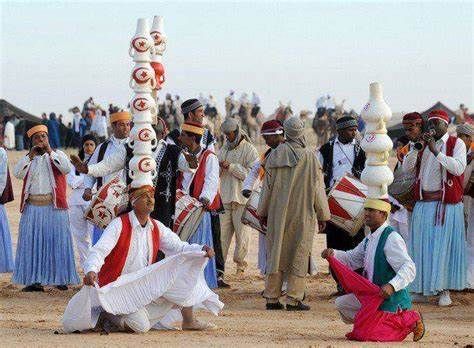

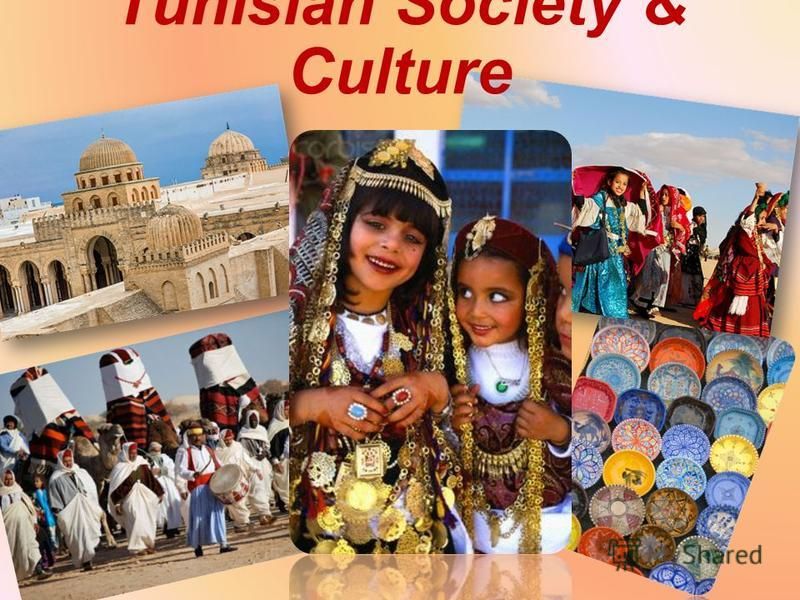

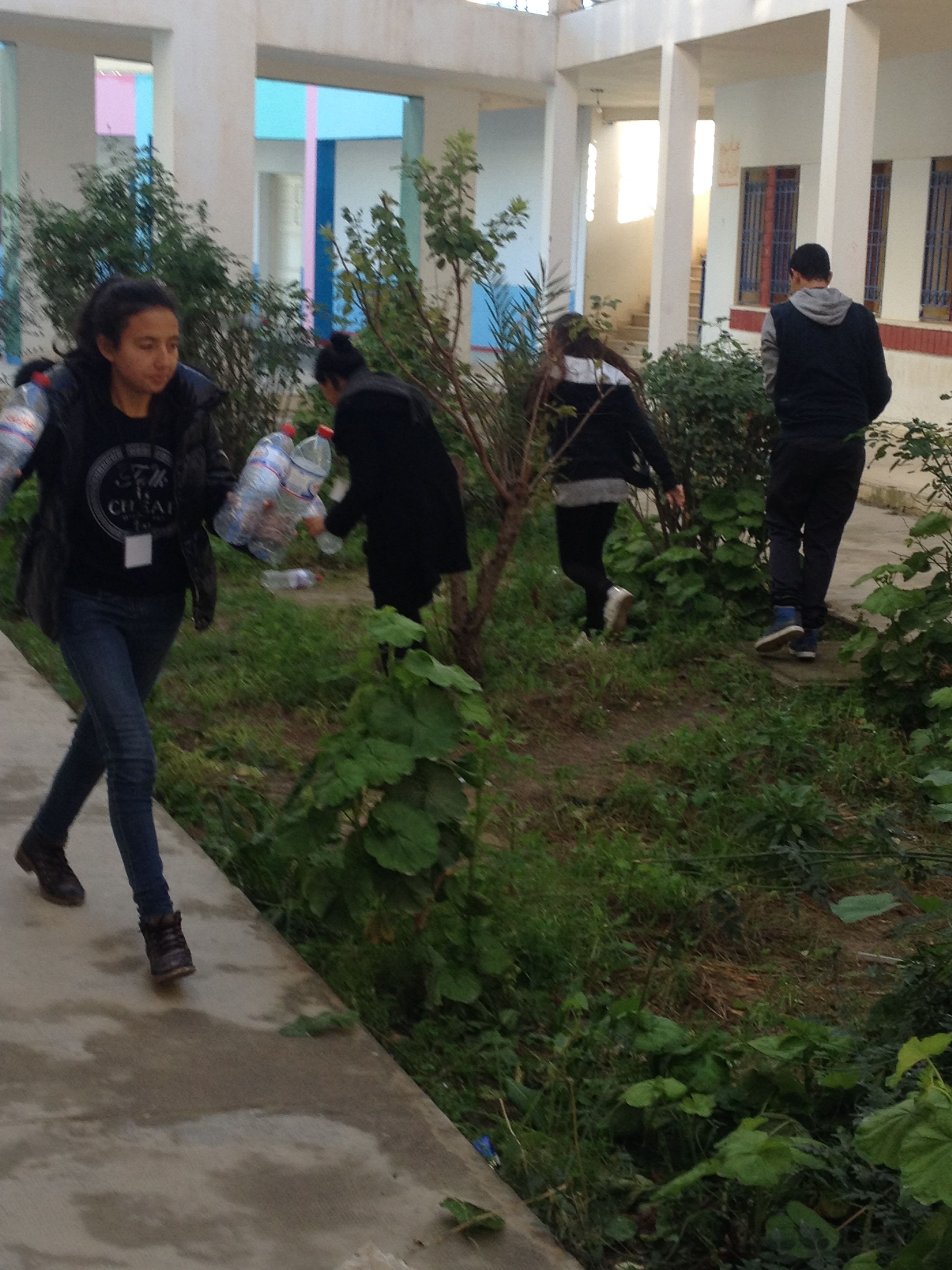
"Empowering students through engaging education, fostering environmental consciousness, and advancing scientific literacy. Committed to shaping future leaders in Life and Earth Sciences."
-
My activities already carried out with my students:
You tube Link :
1)- Learning Apart Together (LAT)
https://youtu.be/kaj3DO2Bot4?si=Oe0HADuIf8pyeoqr
2)- No Violence by my Students
https://youtu.be/mRRxZ8fkP_c?si=DGaDrbY56ZNnQqLv
3)- Trip to TBARKA (Jendouba) and After Trip :
https://youtu.be/qc7d6R03qT8?si=hzHTSLNFDlG9nskg
https://youtu.be/OSYjJtTjwrE?si=oZwQKfp75yoUtKi1
4)- Collaboration :
https://youtu.be/PtkgIG0XF6M?si=jQCjr93ZXxr5YORa
5)- e learning
https://youtu.be/TwiFJIe0khY?si=lfNMZnlepFAVJ25E
6)- TUNISIA uncovered: The most impressive North African country?
https://youtu.be/QF7kYKPVqvw?si=EjgDZKOrfK6XBvJk7)- strengthen citizenship among students :
First Work of our students – Website of our Jendouba-Tunisia Secondary School (wordpress.com)
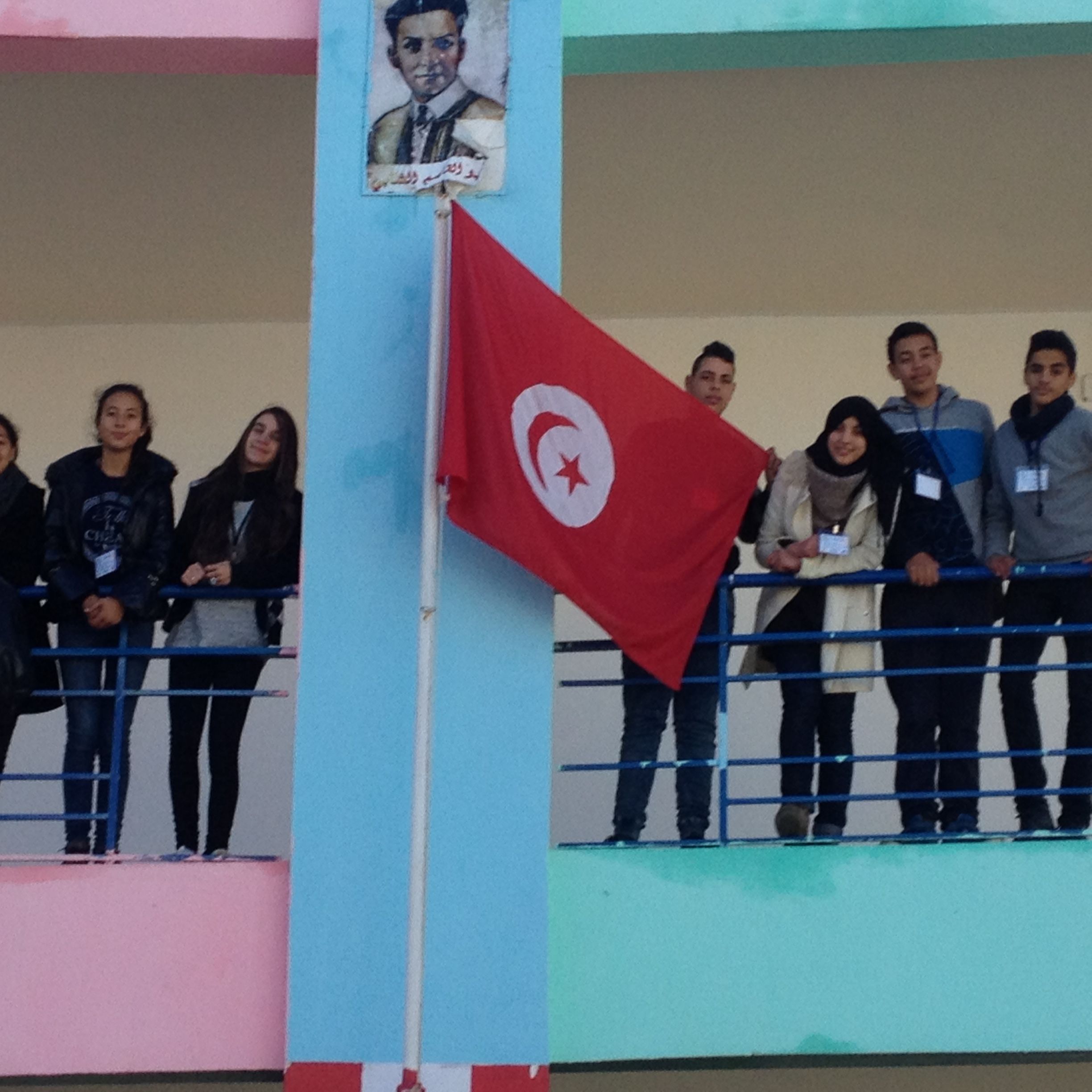

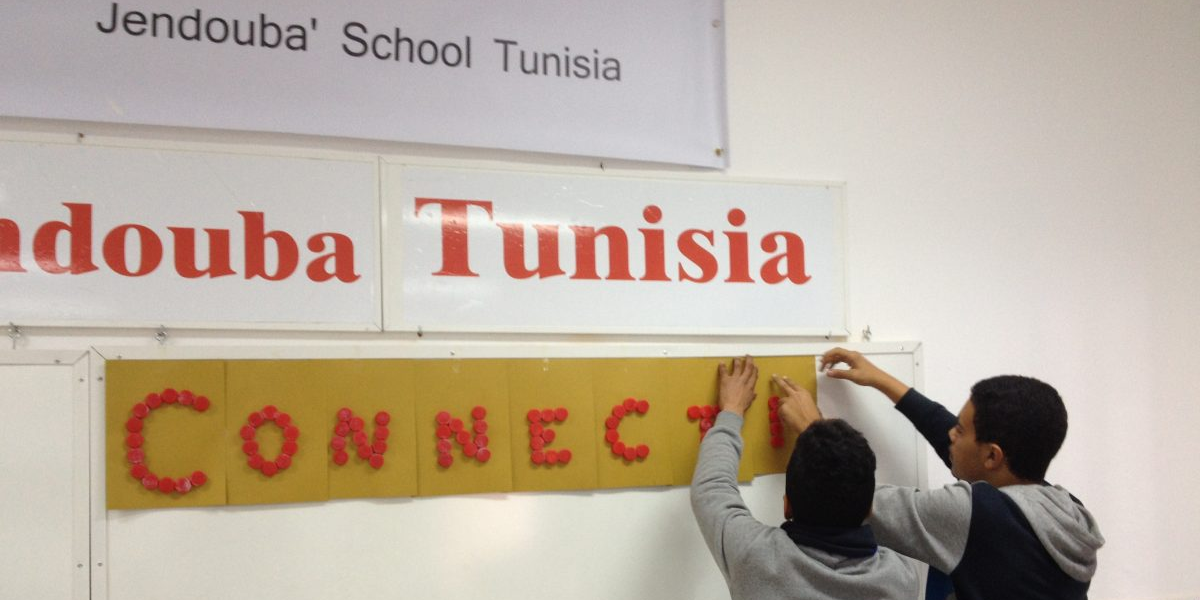
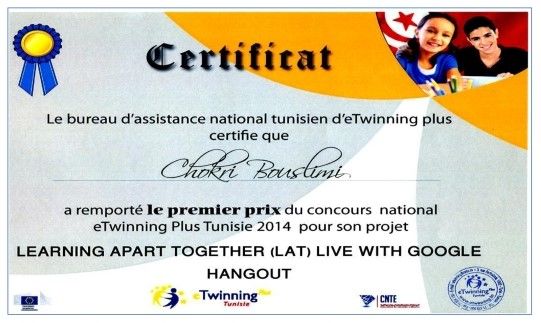
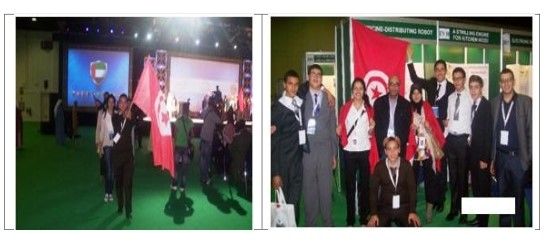
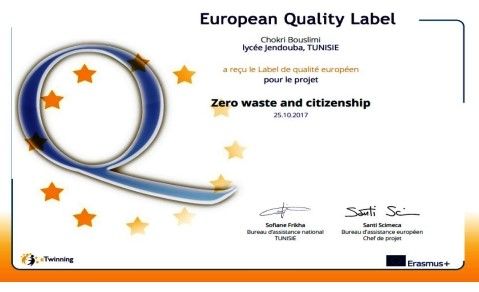

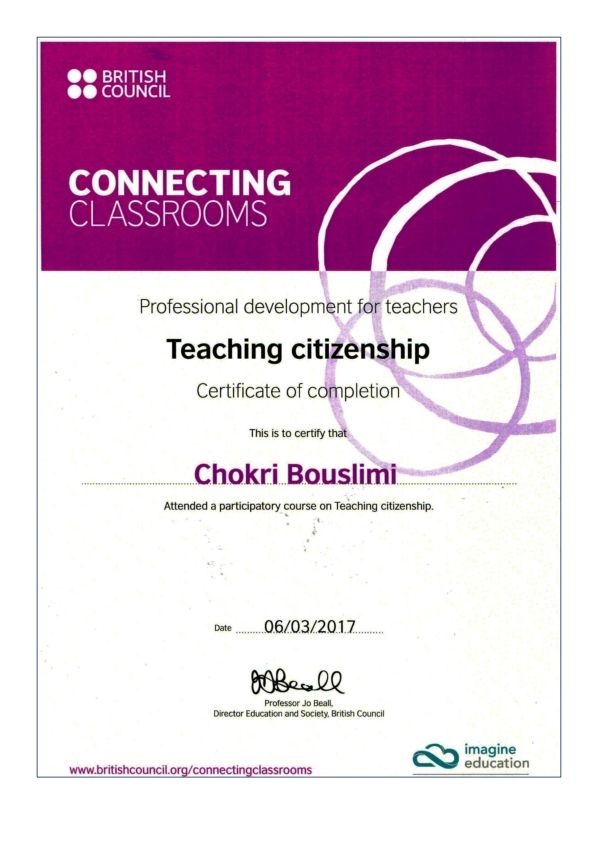
"Empowering students through engaging education, fostering environmental consciousness, and advancing scientific literacy. Committed to shaping future leaders in Life and Earth Sciences."
-
Hi everyone!
I would like to open a discussion about intangible cultural heritage.Intangible Cultural Heritage refers to the living traditions and practices passed down through generations. It encompasses things like traditional music, dance, storytelling, crafts, rituals, and knowledge about nature. Unlike physical monuments, ICH is experienced and recreated by communities.
Intangible cultural heritage is often learned through experience and participation, which can be difficult to translate into a traditional classroom setting. How can we effectively integrate ICH into our curriculum while still fostering a deep understanding and appreciation for these living traditions? and still using the technology?
I am looking forward to hearing your insight, experiences, and expertise.
Thank you.Sincerely,
Syakti -
@Syakt513fd9bea8 Thank you for raising this important topic around integrating intangible cultural heritage (ICH) into the classroom.
Incorporating ICH into the curriculum can be a valuable way to expose students to the rich cultural traditions and practices of diverse communities. However, as you noted, the experiential and participatory nature of ICH can present challenges in a traditional classroom setting. Here are some ideas on how educators can effectively integrate ICH while leveraging technology:
-
Immersive multimedia experiences: Use technology to create immersive multimedia experiences that allow students to virtually "participate" in ICH practices. This could include:
- Interactive videos featuring demonstrations of traditional crafts, music, or dance with opportunities for students to follow along.
- Virtual field trips to cultural sites or events where students can observe and learn about rituals, storytelling, and other living traditions.
- AR/VR applications that enable students to virtually interact with and explore ICH in an experiential way.
-
Collaborative online platforms: Utilize collaborative online platforms that enable students to engage directly with ICH practitioners and community members. This could involve:
- Video conferencing sessions where students can interview artists, musicians, or elders about their cultural traditions.
- Online discussion forums where students can share their reflections and questions about ICH with peers and experts.
- Co-creation projects where students work with community members to document, preserve, or even recreate aspects of intangible heritage.
-
Digitized archives and resources: Provide access to digitized archives, databases, and educational resources that showcase ICH. This could include:
- Online repositories of traditional music, dance performances, and storytelling recordings.
- Interactive timelines or digital exhibits that trace the history and evolution of specific ICH practices.
- Curated collections of ICH-related materials (e.g., photographs, articles, videos) for students to explore.
-
Hybrid learning experiences: Combine online/digital components with hands-on, in-person experiences when possible. This could involve:
- Field trips to local cultural centers, museums, or community events where students can directly engage with ICH practitioners.
- Workshops or masterclasses led by ICH experts where students can participate in traditional crafts, music, or dance.
- Collaborative projects that blend digital documentation and research with tangible outputs, such as student-created exhibits or performances.
The key is to find ways to make ICH accessible, engaging, and interactive for students, while still honoring the living, experiential nature of these cultural traditions. Leveraging technology can help bridge the gap between the classroom and the community, fostering a deeper understanding and appreciation for intangible cultural heritage.
-
-
@Syakt513fd9bea8 said in Teaching and Learning with Intangible Cultural Heritage:
I am looking forward to hearing your insight, experiences, and expertise.
Thank you for initiating this topic! I advise you to review and join the existing discussion in the topic Brining local culture to your classroom
I am sure you will find some nice ideas!
-
@Syakt513fd9bea8 Teaching and learning with intangible cultural heritage (ICH) involves incorporating traditional knowledge, skills, and practices into educational settings. Here are some ways to do so:
-
Storytelling: Share stories and legends to convey cultural values and traditions.
-
Workshops and Masterclasses: Invite traditional practitioners to teach skills like music, dance, or crafts.
-
Mentorship Programs: Pair students with experienced practitioners for guidance and learning.
-
Cultural Immersion: Organize field trips and residencies to experience ICH in context.
-
Digital Documentation: Record and preserve ICH through audio, video, and images.
-
Community Engagement: Collaborate with local communities to develop curriculum and teaching materials.
-
Interdisciplinary Approaches: Integrate ICH into various subjects, such as history, language, and art.
-
Hands-on Activities: Engage students in traditional practices, like cooking, weaving, or pottery.
-
Language Preservation: Teach endangered languages and promote linguistic diversity.
-
Respect and Sensitivity: Emphasize cultural protocols, respect, and sensitivity when teaching and learning ICH.
By incorporating intangible cultural heritage into education, we can:
- Preserve traditional knowledge and practices
- Promote cultural diversity and understanding
- Support community engagement and development
- Enrich learning experiences and outcomes
- Foster creativity, critical thinking, and problem-solving skills
This approach can be applied in formal and informal educational settings, from primary schools to universities, museums, and cultural centers.
-
-
@ASGHAd210770cb3 said in Teaching and Learning with Intangible Cultural Heritage:
Here are some ways to do so:
Hello, thank you for such a nice list of ideas. However, could you please share what of these approached do you use most often?
Could you give me some examples from your school experience and the results of your efforts?
-
The Cultural activities help students understand and appreciate diversity, making learning more engaging and enjoyable. They improve critical thinking, empathy, and communication skills while creating an inclusive classroom. These activities also boost memory and inspire curiosity. Students get more involve and freely participate with fun as well as they collaborate with their classmates. I have organized an activity of role model of performing students on our folk music representing 4 provinces of our country : Sindh, Punjab, Balochistan, KpK and Gilgit Baltistan reflecting our cultural ethics and traditions.wearing costumes of Sindh, Punjab, Balochistan,Gilgit Baltistan and Kpk.
It was more energetic performance of the students and also they get knowledge about traditions of different provinces by sharing their ideas and views in group work.Please share your ideas that how you organize these activities in your School.
Regards:
Asma Shahzad
JST
Govt.Girls High School Ward.1 Thatta
Sindh Pakistan -
Culture influences many aspects of students' lives and their educational experiences. Understanding this impact is crucial for creating an inclusive learning environment.
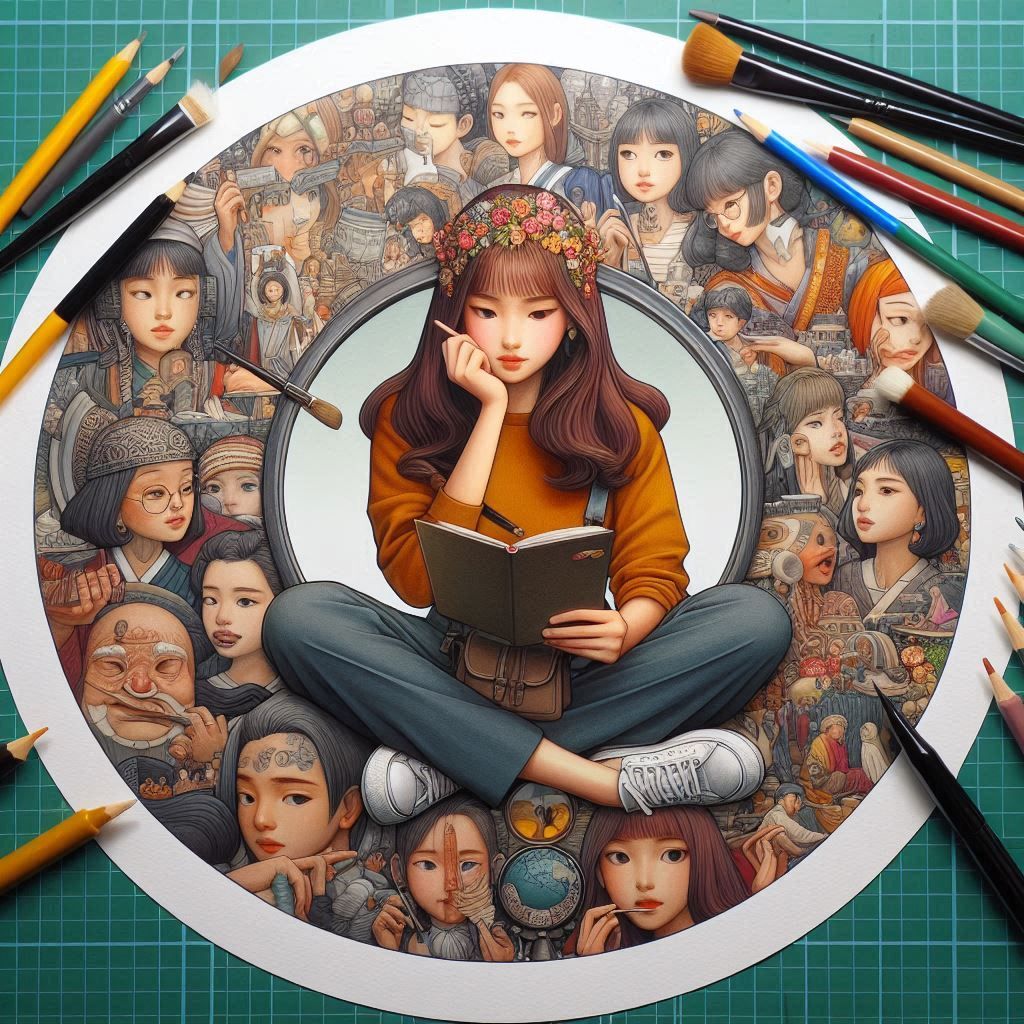
- Cultural Identity and Self-Perception
Students' cultural backgrounds shape their self-perception and approach to learning. For instance, students from collectivist cultures may prioritize group harmony, impacting their classroom participation. - Learning Styles and Preferences
Cultural norms affect learning styles. Some cultures emphasize memorization, while others value critical thinking. Adapting teaching methods to these preferences enhances learning effectiveness. - Communication Patterns
Communication styles vary by culture, affecting how students interact in class. Recognizing these differences helps educators create a more inclusive environment. - Parental Involvement
Cultural expectations influence parental engagement. Understanding and respecting these differences can help educators involve all families effectively. - Curriculum Relevance
A culturally responsive curriculum reflects diverse backgrounds, making learning more relevant and validating students' experiences.
How can you adapt your teaching strategies to accommodate diverse cultural backgrounds?
What steps can you take to ensure your curriculum is inclusive and relevant to all students?
How can you engage parents from various cultural backgrounds in their child's education?
Tabassum Laghari
- Cultural Identity and Self-Perception
-
@Asmashahzad1985 we celebrate and enjoy cultural day with lot of fun. We organise organize a Cultural Day where students prepare and present performances, do traditional dances and food from various cultures represented in the school. Encourage them to wear traditional clothes and share stories or speechess about their culture. This event can include exhibitions, presentations, and interactive sessions.
(FARHAN MEHBOOB)
Primary School Teacher
SINDH, PAKISTAN -
@Ana_moderator hello @Ana_moderator this is topic which you share with us is really wonderful. I feel for development of local culture among students we can invites local guests who talk about local culture with students. And we should also celebrates local holidays and traditions.
Also can visit local cultural sites or museum.
I hope these will help. -
@Ana_moderator Definitely It Allows Students to Feel Confident and Included
By creating a multicultural environment in schools and educational institutions, students will feel valued and respected in the classroom. They will develop a sense of confidence they can rely on as a foundation for years to come. -
@Ana_moderator Incorporating local culture into the classroom can have several benefits:
-
Increased Engagement: Students are more likely to participate and stay interested in lessons that reflect their own cultural backgrounds and experiences.
-
Enhanced Understanding and Respect: Teaching about local culture fosters respect and understanding among students from diverse backgrounds, promoting a more inclusive environment.
-
Relevant Learning: Relating curriculum content to local culture makes learning more relevant and meaningful, helping students connect their education to their everyday lives.
-